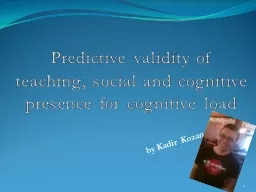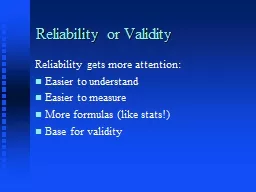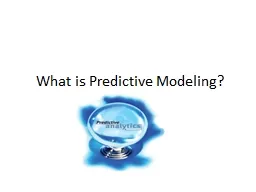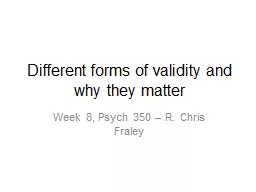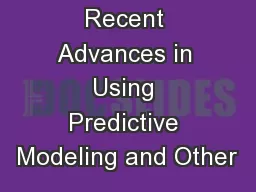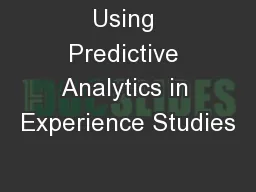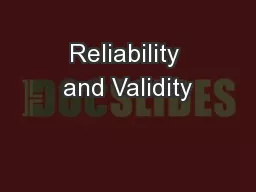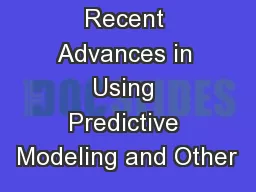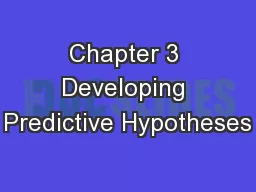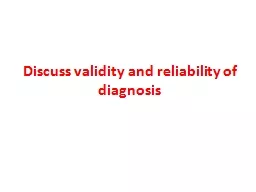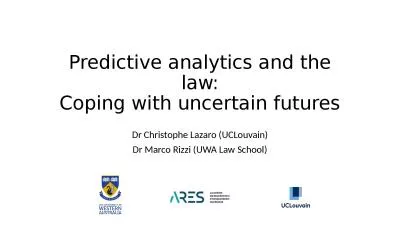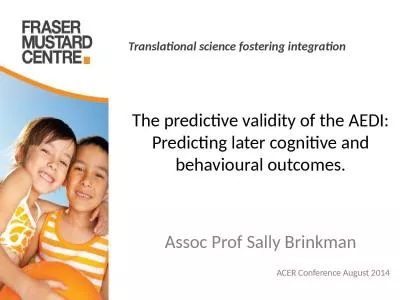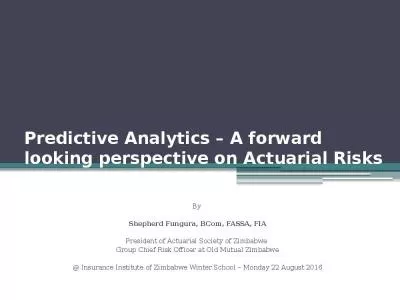PPT-Predictive validity of teaching, social and cognitive prese
Author : debby-jeon | Published Date : 2016-10-26
by Kadir Kozan 1 Research Problem RationaleSignificanceWhy Conceptual Frameworks Data Collection amp Analysis Validity Limitations 2 Research Problem TP CP SP
Presentation Embed Code
Download Presentation
Download Presentation The PPT/PDF document "Predictive validity of teaching, social ..." is the property of its rightful owner. Permission is granted to download and print the materials on this website for personal, non-commercial use only, and to display it on your personal computer provided you do not modify the materials and that you retain all copyright notices contained in the materials. By downloading content from our website, you accept the terms of this agreement.
Predictive validity of teaching, social and cognitive prese: Transcript
Download Rules Of Document
"Predictive validity of teaching, social and cognitive prese"The content belongs to its owner. You may download and print it for personal use, without modification, and keep all copyright notices. By downloading, you agree to these terms.
Related Documents

